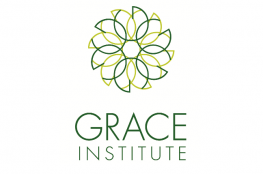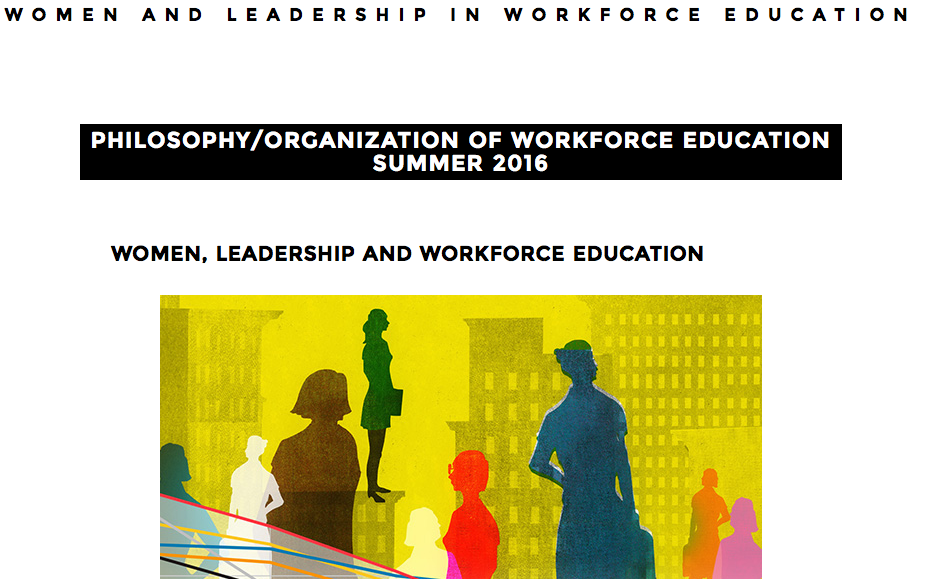There’s a lot of info about learning theory in the early years, but what about for adults?
That’s the first question every adult educator should start with. Unlike K-12 education, there aren’t strict governing bodies that inform every decision made in adult education. Instead, our community depends on years of independent and industry research as the basis for our practice. This means that there isn’t just one, or two, or even three ways in which we believe adults learn. In fact, on a whole, facilitators of adult education haven’t entirely agreed on what that term actually means. They have agreed, however, that a few key concepts are consistent when teaching adult learners.
Adult learners are looking for:
Can you break that down for me?
Of course! We’ll go piece by piece so that you can get an idea of how these seemingly simple components come together to form the complex field of adult education. Before we continue, remember that no one component is inherently more important than the other and there a billion other factors that determine why a student showed up to your class. Also, keep in mind that each learning situation is based on the circumstances and abilities of the instructor, the learners and the environment in which you teach.
Relevance of ContentDo you remember sitting in pre-calculus and desperately wondering why you were learning it? What’s the likelihood using advanced math in your everyday life? It didn’t really matter because someone decided you needed to learn it and so you did. Or I assume you tried to. If you’re like me, you didn’t retain anything after algebra because it held no relevance to you. There are so many reasons someone shows up to your classroom; job mandated training, skill building for employment, individual pursuit of knowledge. Regardless of what got them there, your students are looking to learn something that means something. It’s important for you, as an educator, to identify that reason in order to ensure the success of your students. |
Immediately Applicable SkillsSkills don’t always have to be manual, but for most adult learners, they do need to be immediately applicable. That means that what you teach today should be translatable to what your student does tomorrow. Regardless of your audience, your content should aim to teach practical skills or knowledge in a way that is easy to relate to. Learners should know why they are being taught the content and how they can expect it to help them in their personal or professional lives. |
Involvement in the ProcessThe most prevalent classroom structure in K-12 is teacher as leader. This means that the teacher, or person at the front of the room, makes all decisions about what and how content is learned. This can lead to passive learning, in which your audience only learns what you teach them with no consideration for their own interests, strengths or preferences. Involvement level can vary based on any number of factors; subject matter, government guidelines, time constraints, program structure and audience composition are just a few. Although it may initially sound challenging, there are simple ways to get everyone involved and invested in what is being taught. Having your learners share what they want to learn during the course or what projects they would like to work on, and then integrating that feedback into your lesson are just to examples of how this could work. |
Acknowledgement and Inclusion of Prior ExperienceOne major difference between K-12 and adult education is that children are assumed to have no prior experience to build upon. This is not the case with adults, as discussed by Paulo Friere and to some extent, John Dewey. The model of ‘educational banking’ does not translate well to higher education because adults are not empty vessels. They carry with them many years a experiences that shape the way they view the world and approach every situation. In order to keep them engaged, it’s important for educators to acknowledge this fact and look for ways to incorporate those experiences into the lesson. Asking learners to apply what they are currently learning to past experiences is an easy way to include student experiences in the classroom and help them understand the value of the content being taught. |
Flexibility in the Way Content is TaughtWe’re all familiar with the saying ‘one size doesn’t fit all’. That same idea applies to education. Although your learners need to learn the same content, it is unlikely that everyone will learn the same way at the same speed. There are several theories that address this including Gardner’s Theory of Multiple Intelligences, McClusky’s Theory of Margin and work done by Malcolm Knowles. Although we have the benefit of technology, finding a video on Youtube or a link through Google does not guarantee learning. When we talk about the way content is taught, consider whether you are incorporating active learning techniques or content that integrates different learning styles. |
|
This is part of a 3-part series focusing on applying adult learning theory in the workplace. To see the other articles, view Self Directed Learning as a Training Solution and Using Inter-team Collaborations to Promote Critical Thinking Skills




